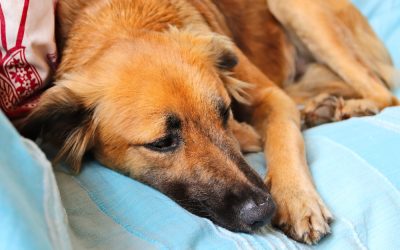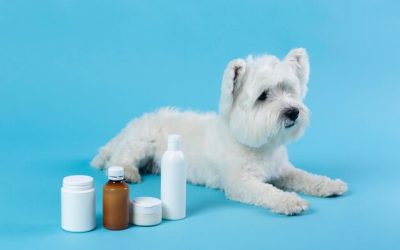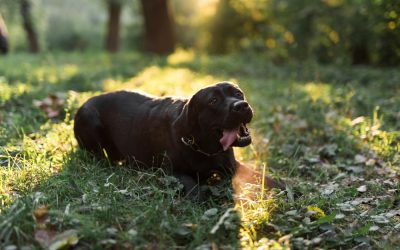Can Dogs Eat Leaves?

Dogs, much like humans, often exhibit quirky behaviors that can leave us scratching our heads. One of these behaviors, leaf consumption, may seem puzzling at first, but it’s not as unusual as it seems. If you’ve noticed your dog munching on grass or nibbling at foliage during walks, you might have wondered: Is this safe? Should I stop them? What’s the purpose of it? Whether it’s a casual nibble or a full-on leaf feast, this habit is relatively common and, in most cases, not something to worry about. In fact, there may be some unexpected reasons behind your dog’s leafy snack.
In this article, we’ll explore the science behind your dog’s love for leaves, what it means for their health, and when you might need to step in.
Why Do Dogs Eat Leaves?
At first glance, a dog chomping on a leaf might seem random or odd, but there’s more to it than meets the eye. Many behaviors in our canine companions can be traced back to their wild ancestors. Wild canines, for example, often consumed plant matter as it helped aid digestion and provided additional nutrients in their diets.
In the case of modern dogs, this instinct still exists. Dogs may munch on leaves to help induce vomiting if they’re feeling unwell or as a natural way of cleansing their systems. Though your dog likely doesn’t face the same environmental challenges as their wild ancestors, this instinct to forage and chew remains ingrained in their behavior. It could also simply be due to boredom or a natural curiosity to explore their surroundings.
Is Leaf-Eating Good for Dogs?
Believe it or not, there are a few potential benefits to your dog nibbling on leaves – as long as it’s done in moderation. Certain types of leaves provide fiber, which helps keep your dog’s digestion on track. A few leaves might assist with regular bowel movements for dogs who experience mild constipation.
Leaves can also provide chlorophyll, which has detoxifying properties and may contribute to overall digestive health.
However, if your dog starts eating leaves excessively or if their behavior is accompanied by other symptoms such as vomiting, diarrhea, or loss of appetite, it’s worth investigating further.
What Types of Leaves Are Safe for Dogs?
Some leaves are completely safe for dogs, while others can be harmful. For example, grass leaves are generally safe and may even help a dog who’s feeling nauseous. However, some plants, such as oak or maple leaves, can cause mild digestive upset if eaten in large quantities, so it’s important to be aware of your dog’s surroundings during walks.
Also, certain household plants, such as the ficus tree, can be toxic to dogs, leading to symptoms like vomiting and diarrhea. Always ensure that your dog isn’t munching on anything harmful by keeping potentially toxic plants out of reach.
When to Consult a Veterinarian
If your dog’s leaf-eating becomes a concern, or if you notice any of the following symptoms, it’s a good idea to consult your veterinarian:
- Increased frequency of leaf consumption
- Vomiting or diarrhea after eating leaves
- Loss of appetite, changes in energy levels or lethargy
- Eating leaves from potentially toxic plants
- Obsessive or compulsive leaf-eating
How Can You Curb Leaf-Eating Behavior?
As Mary Beth McAndrews described in the AKC article: ‘Your dog may think leaves are a special kind of canine potato chip, but it’s never fun to clean up vomit after they gorge themselves. If you’re concerned about the behavior, there are a few easy ways to keep your dog from eating too much fall foliage.
First, when you let your pup outside, follow them and keep a close watch on what they put in their mouths. If they start eating a leaf, give them a stern “no,” and gently remove the leaf. If they start to eat leaves while on a walk, give the leash a gentle tug, followed by “no,” and redirect their attention.
Lastly, make sure to make time to play with your dog. If you let them outside and they start to sniff for a backyard snack, throw a ball or other toy to redirect their attention.
Exercise and interaction with their owner may provide a distraction from the fall snack. It will help strengthen the bond you have with your dog.’



